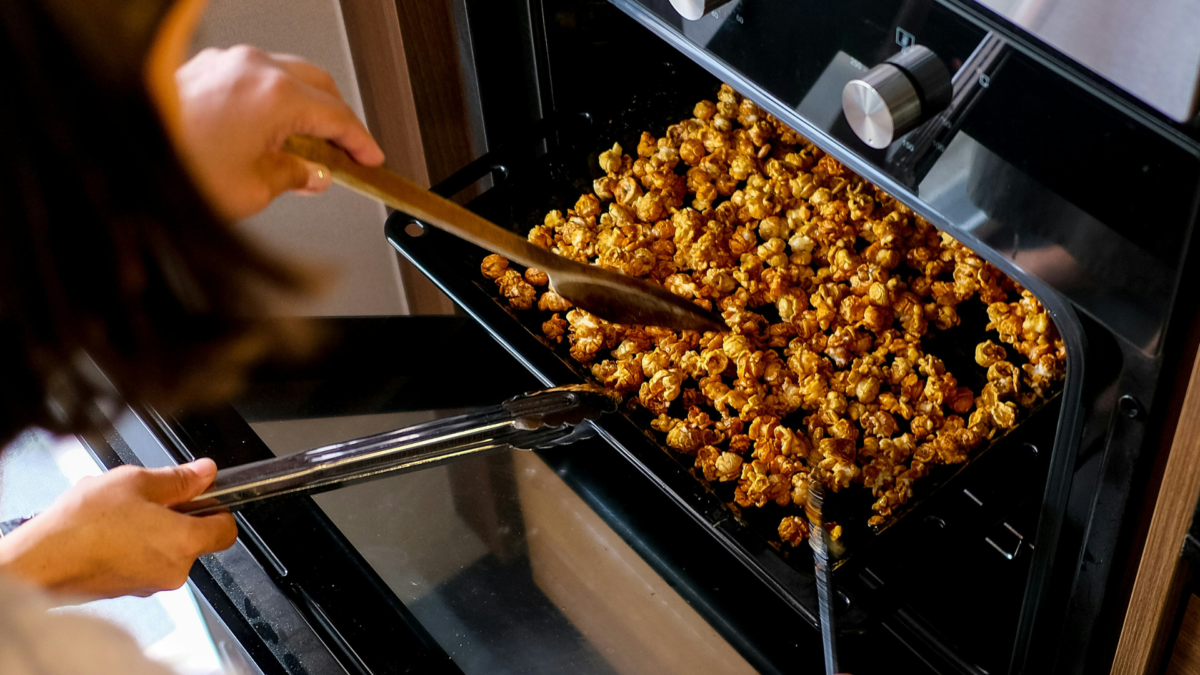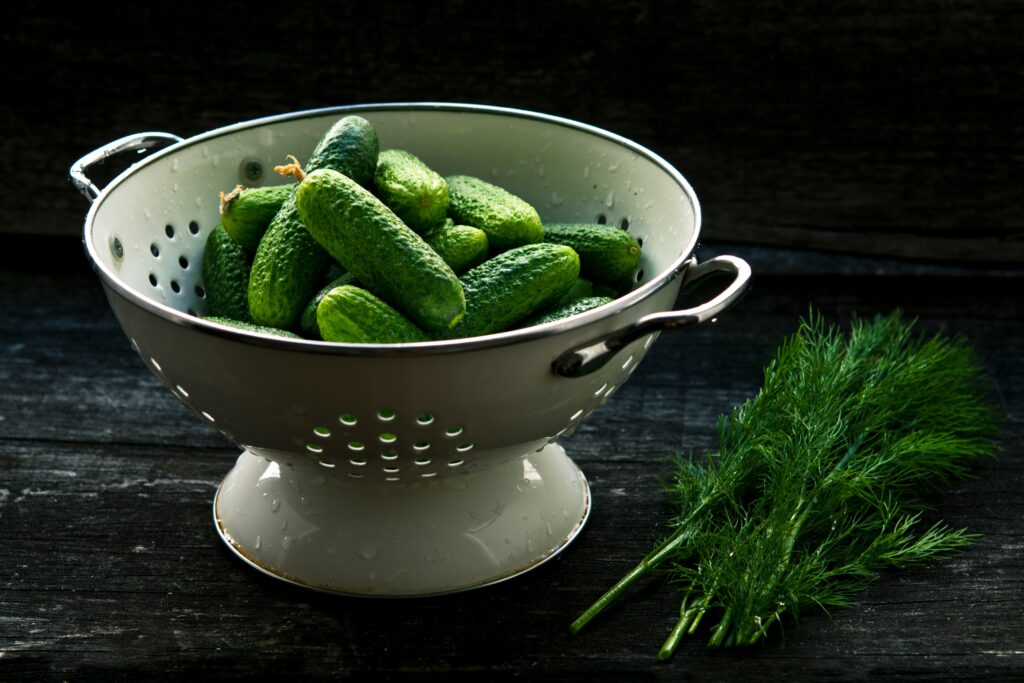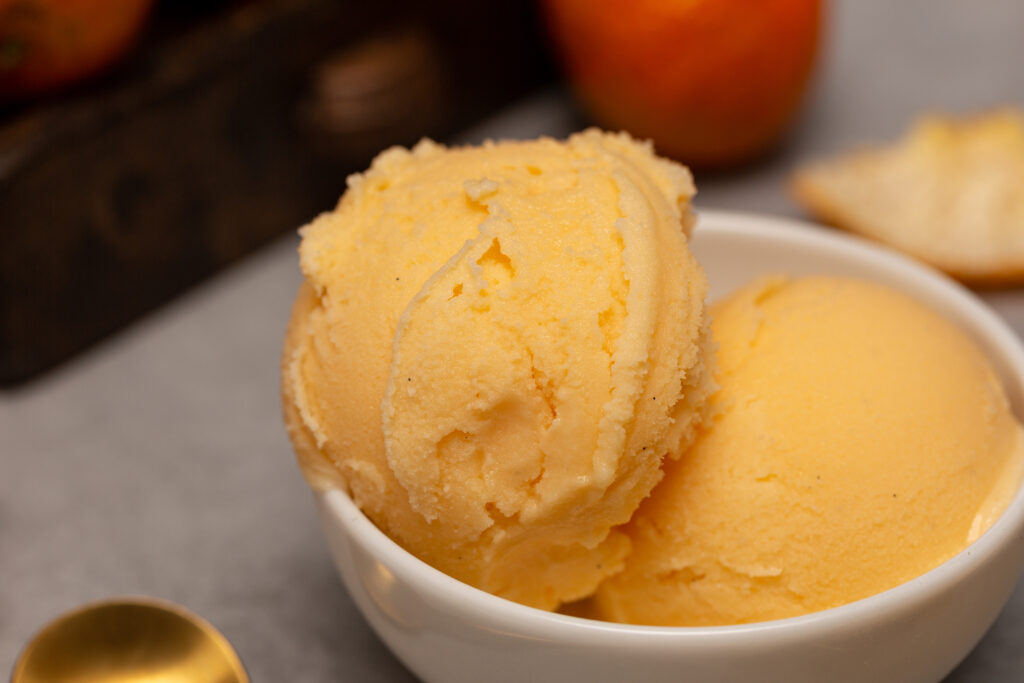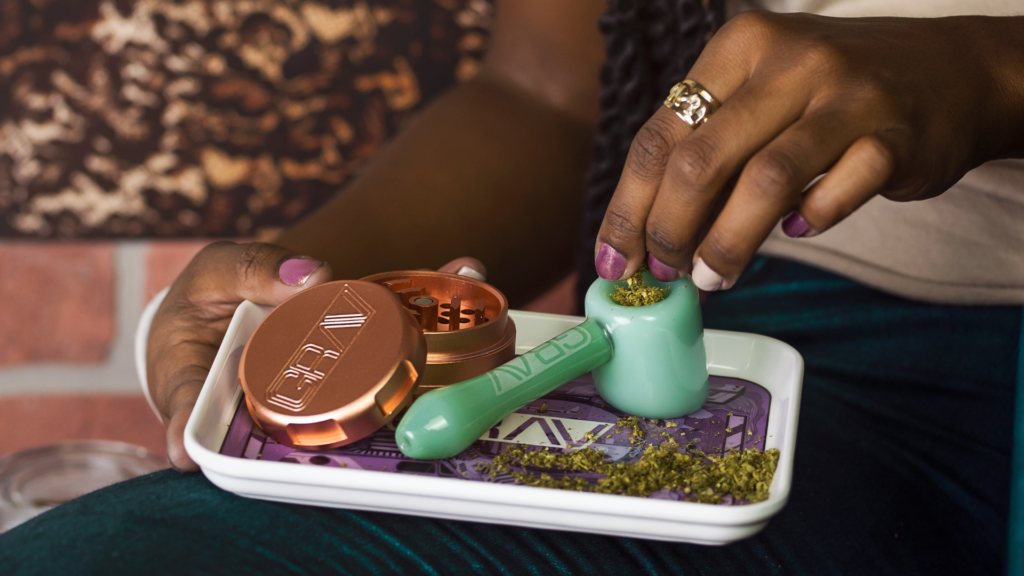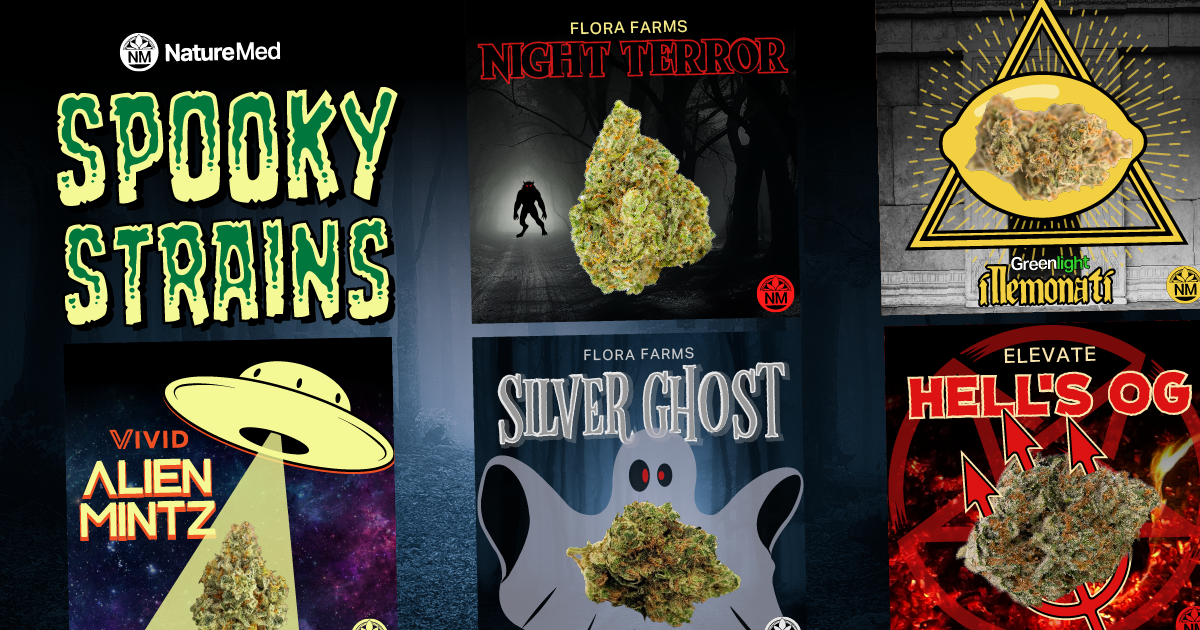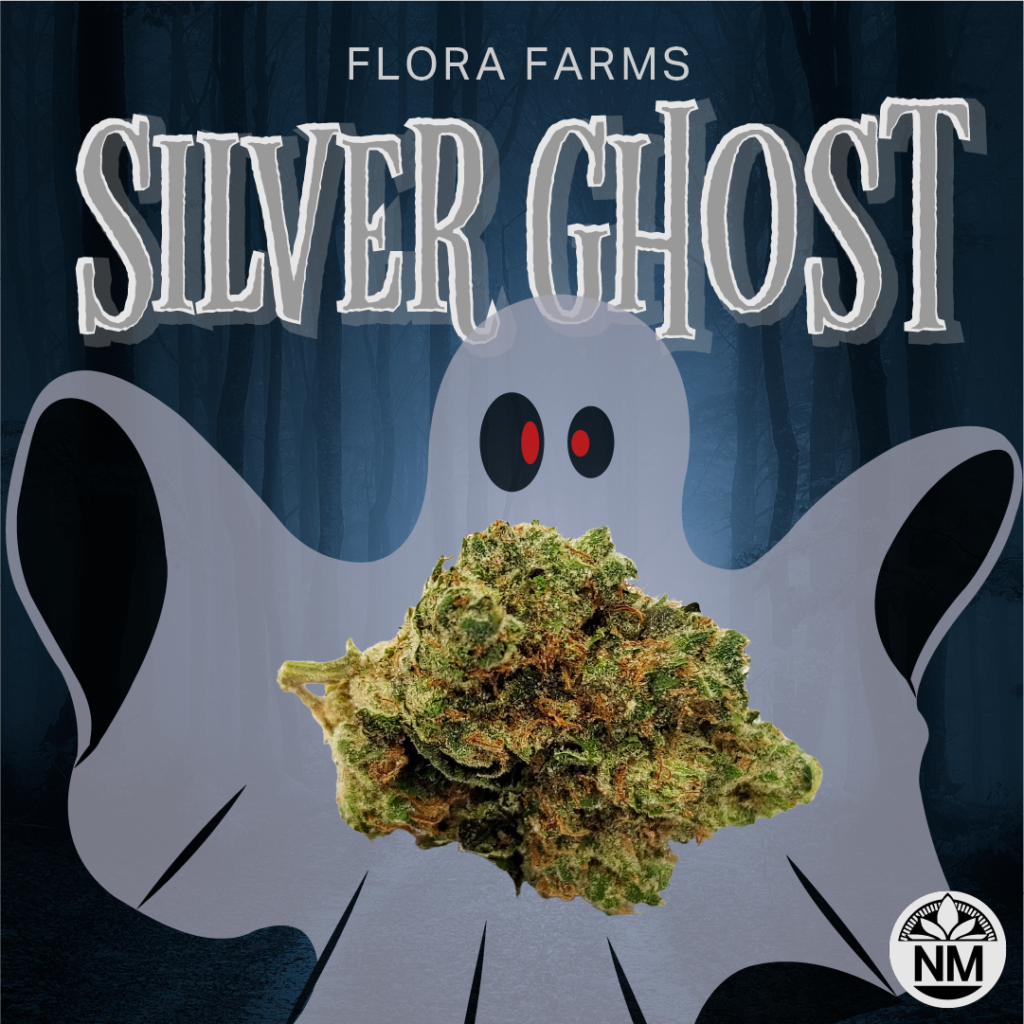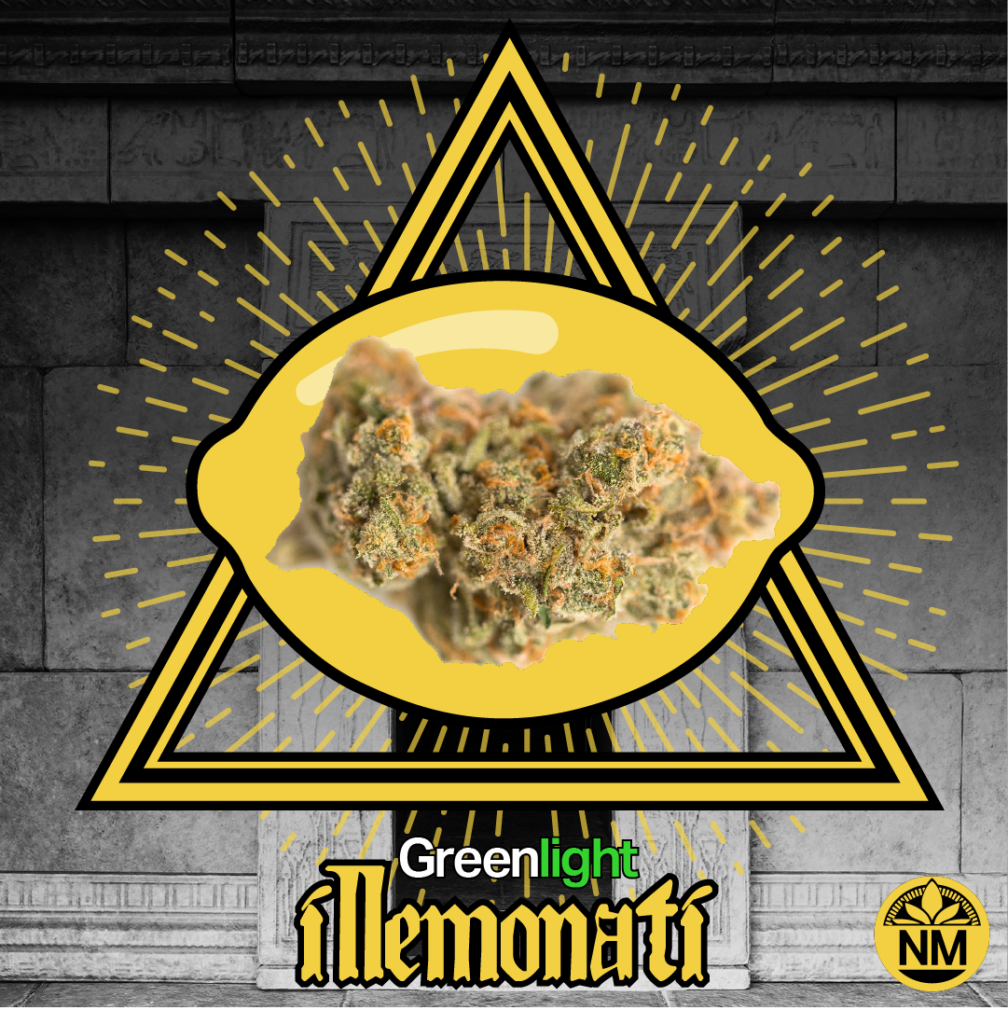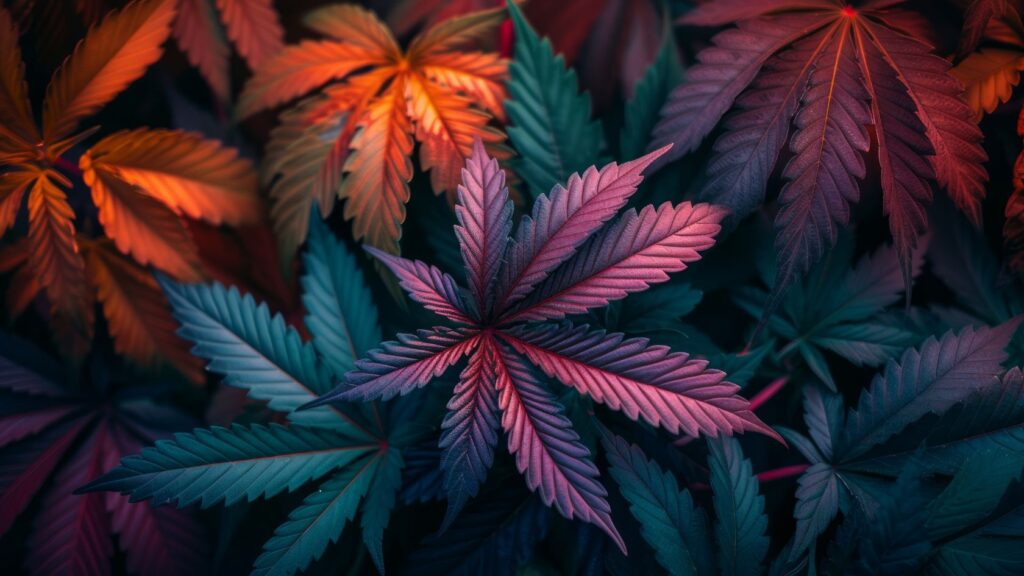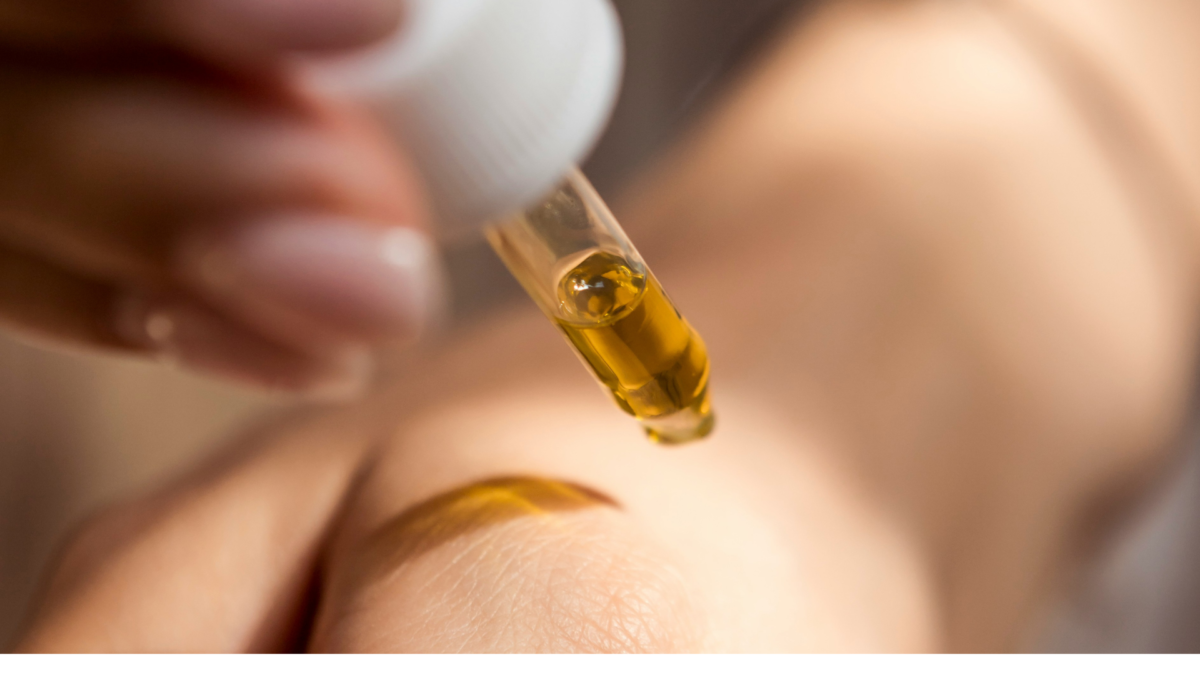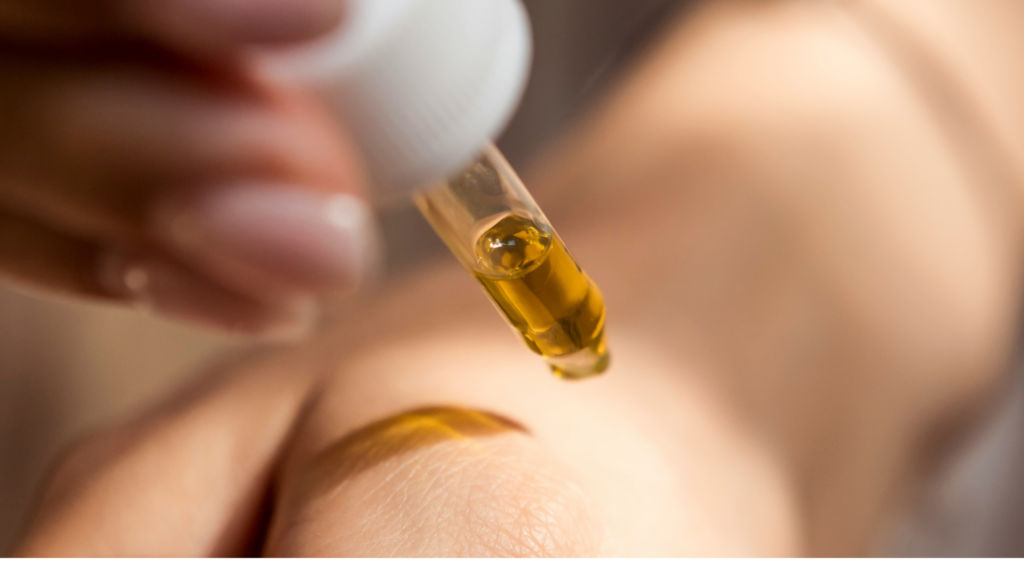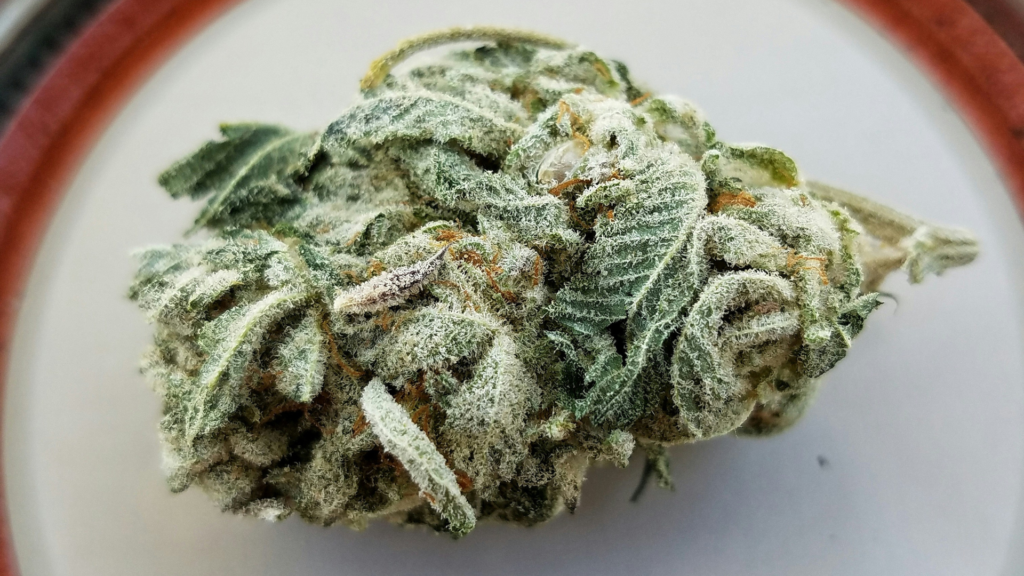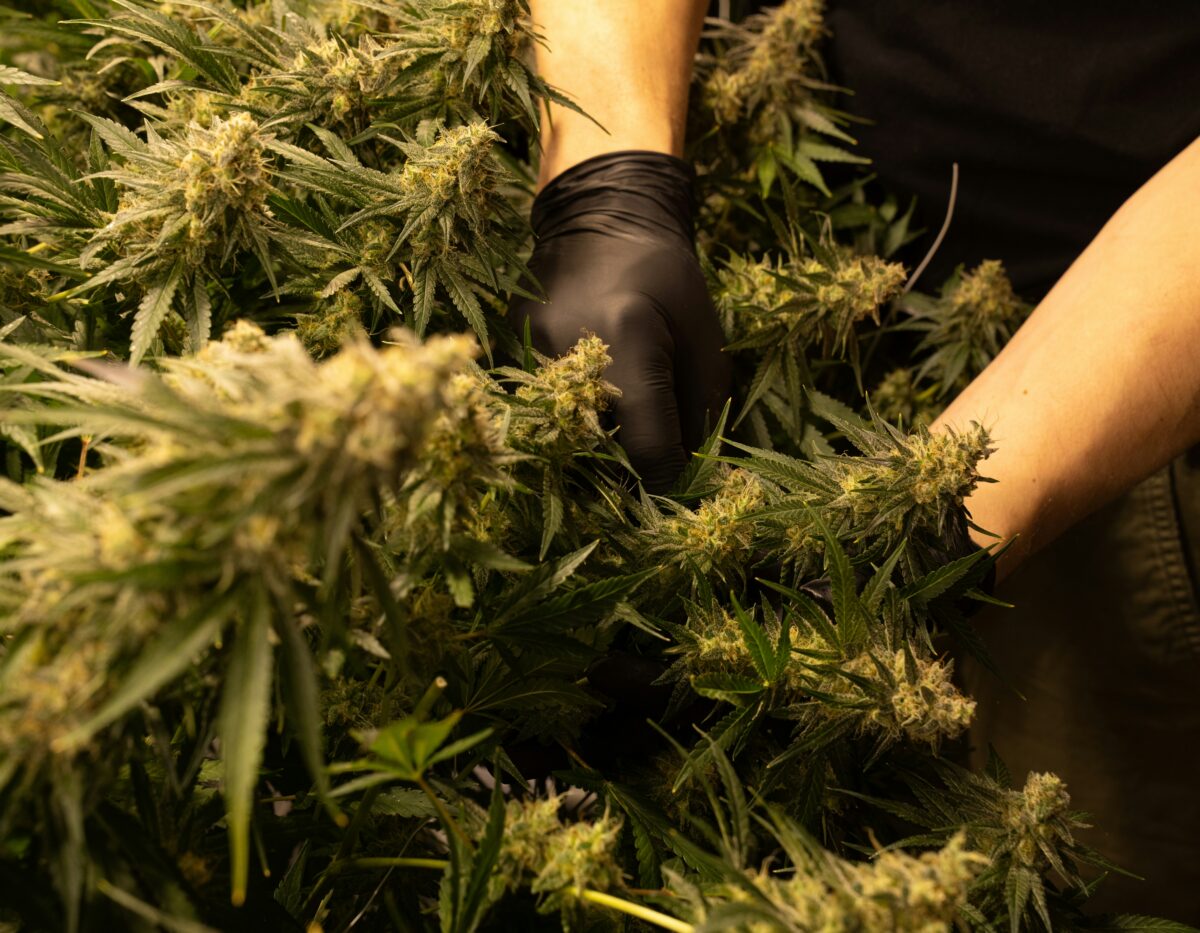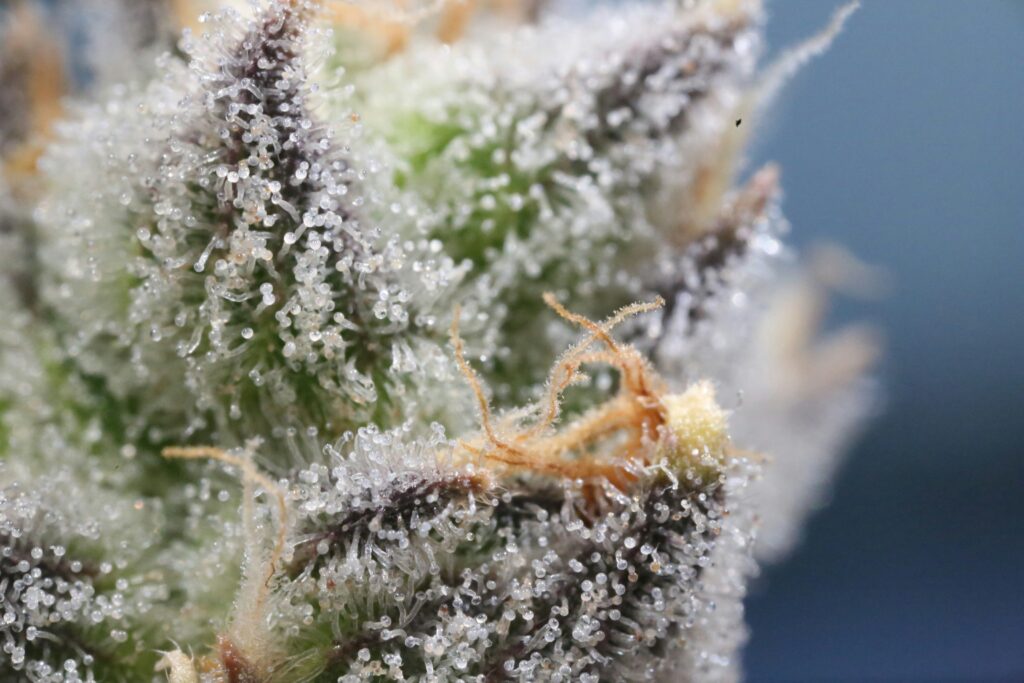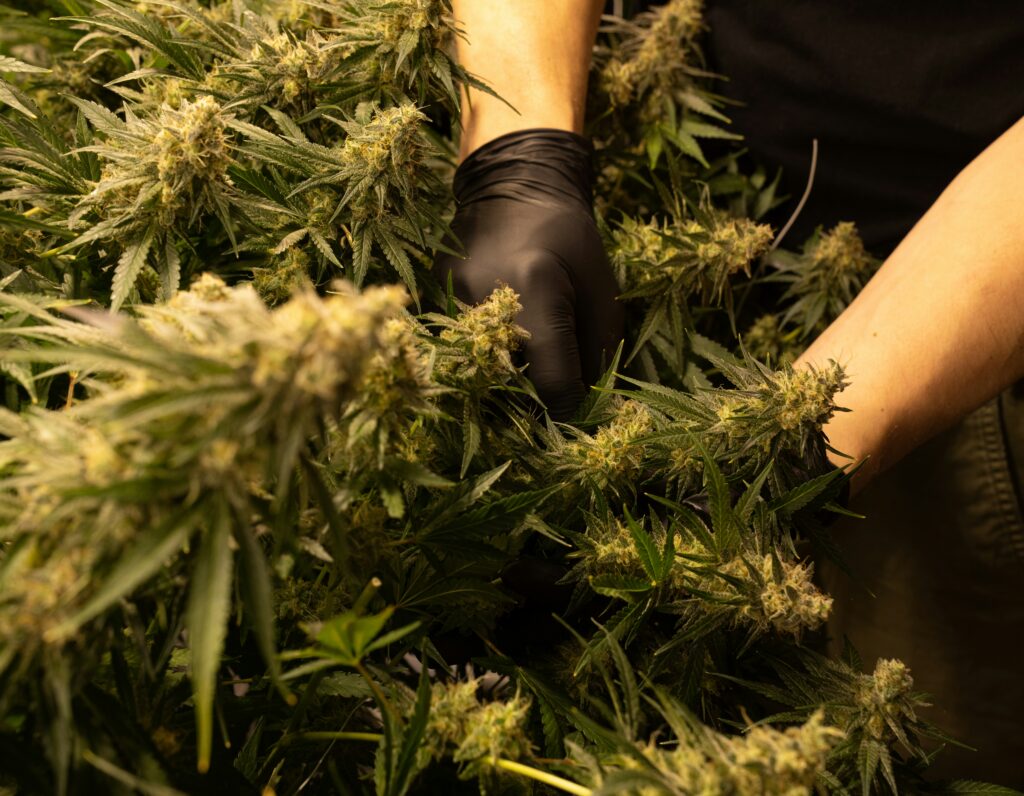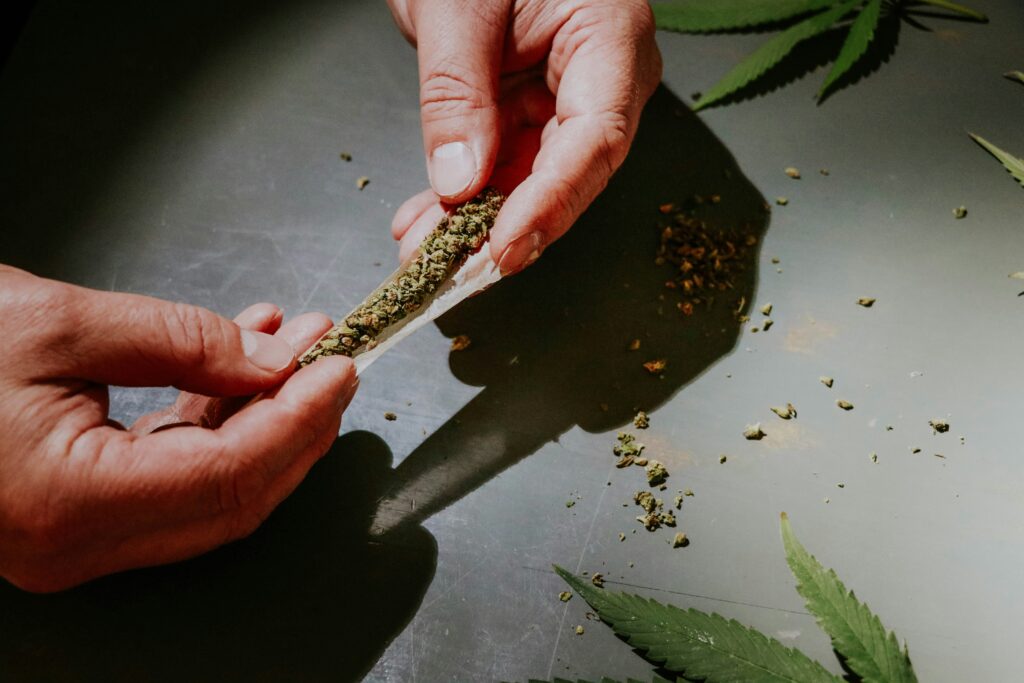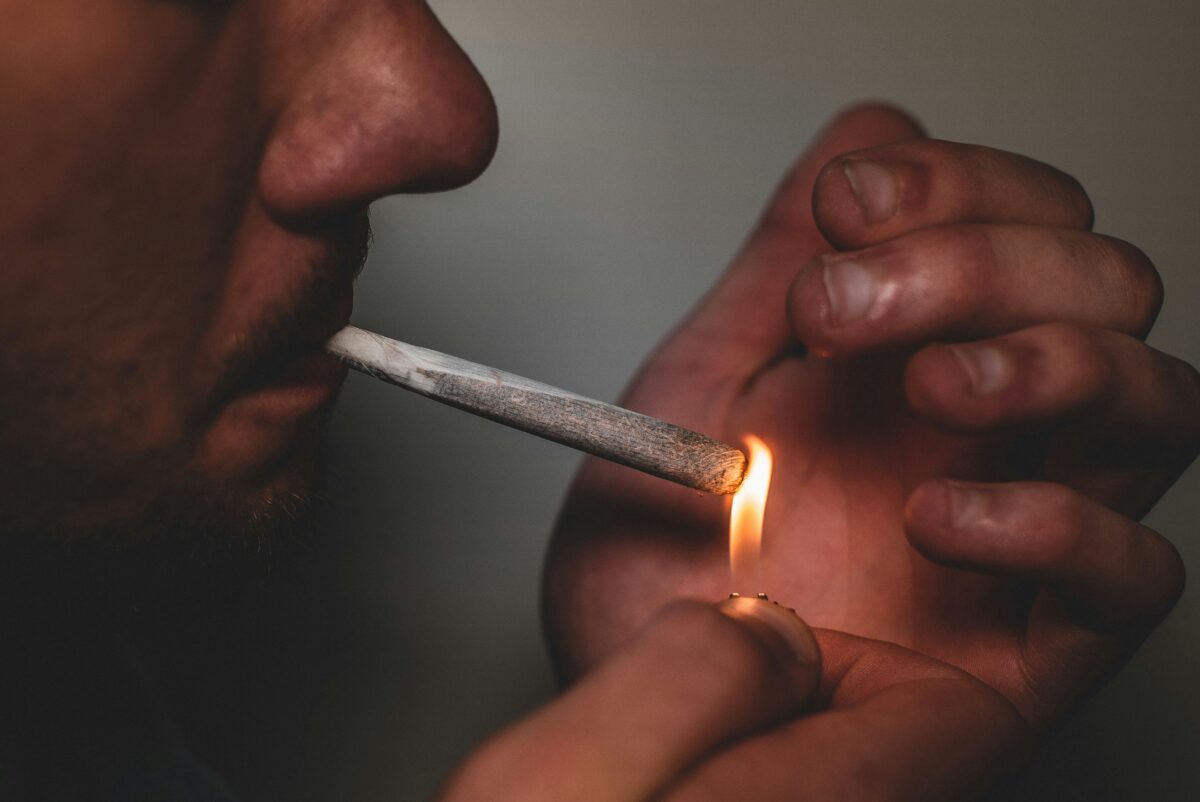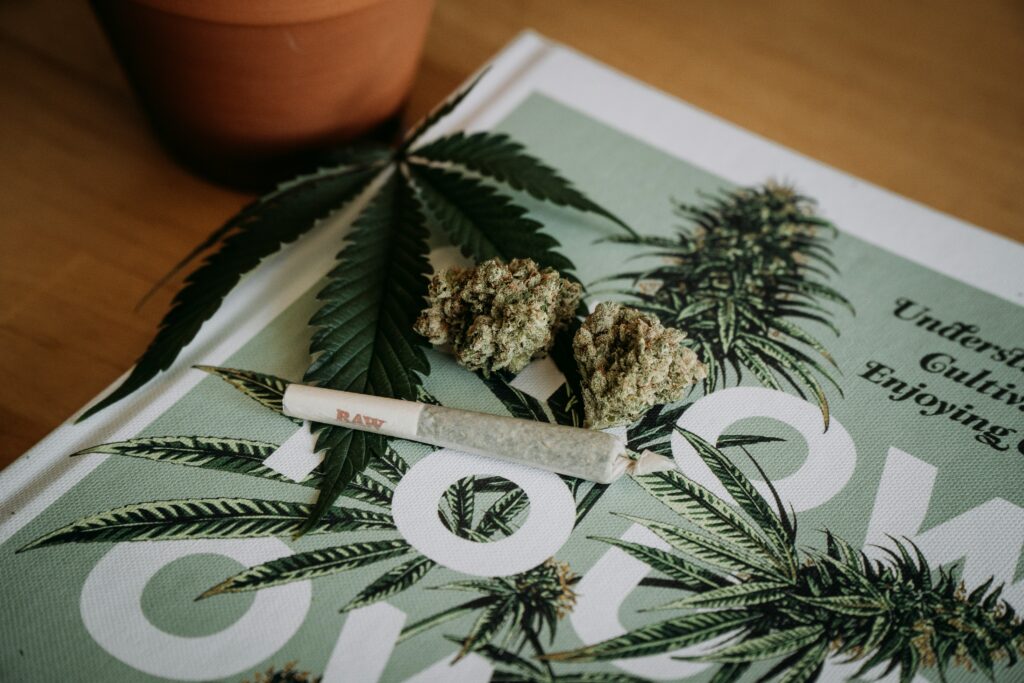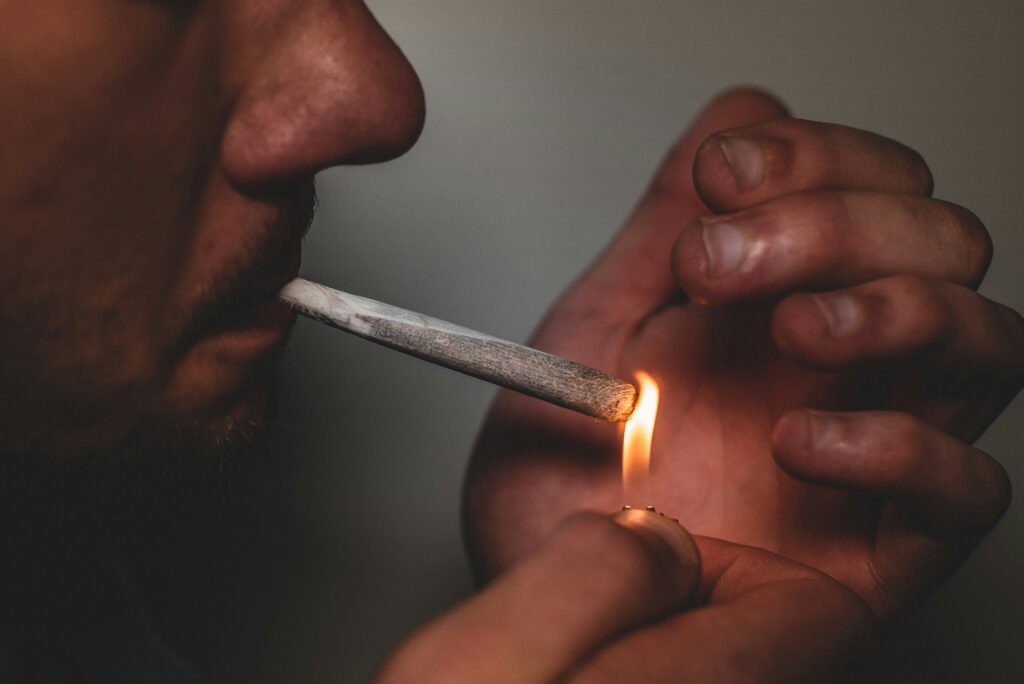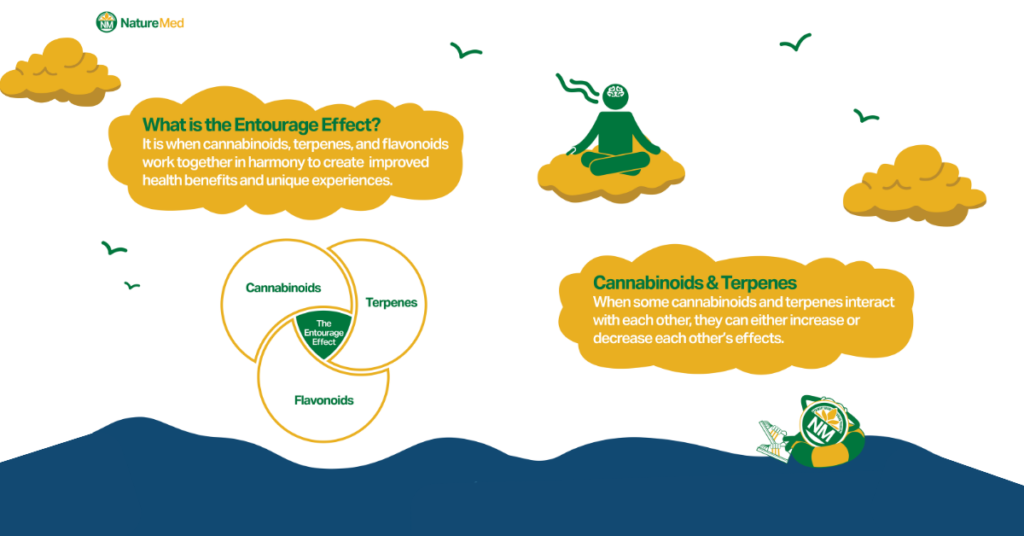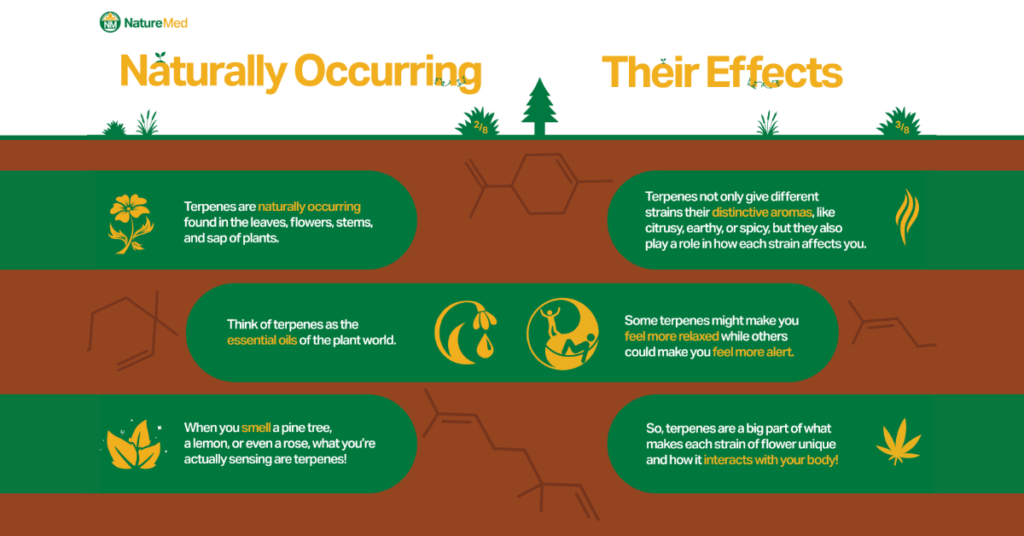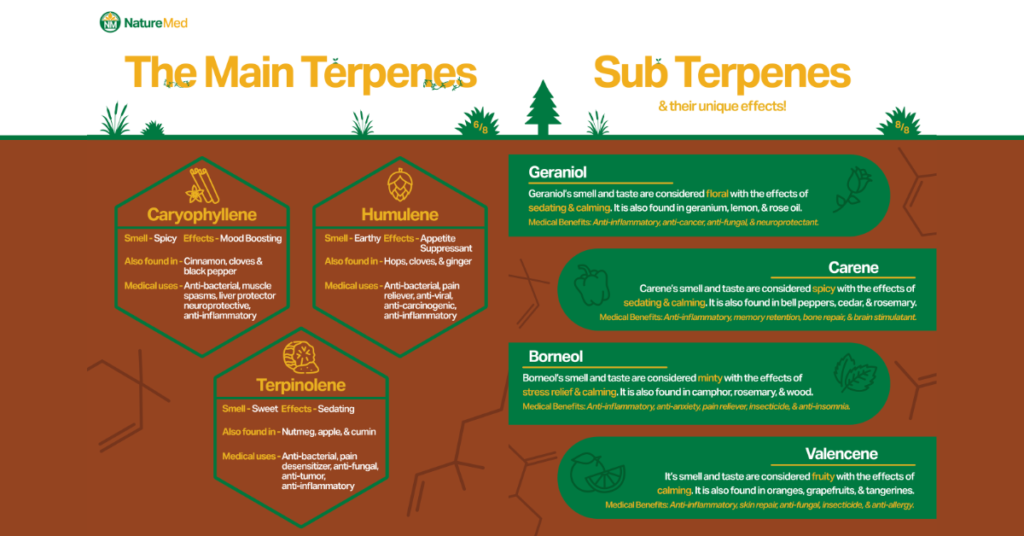Cannabis and Social Settings: How to Use Responsibly Around Others
Cannabis can be a fantastic way to unwind, connect, and enjoy the moment, but in social settings, a little extra mindfulness goes a long way. Not everyone may feel comfortable around cannabis, and being considerate about when and where you consume can make for a smoother experience for everyone involved. Start by reading the room (or patio!) and gauging whether those around you are open to cannabis. If it feels like a mixed crowd, consider sharing your plans in a lighthearted way–think, “I’m going to enjoy a little herbal relaxation if everyone’s cool with that?” Casual and kind communication can make everyone feel included, even those who choose not to partake.
It’s also good to consider your method of consumption, as some options are more discreet than others. Vape pens or edibles can be great for lower-key gatherings where you want to avoid any lingering aroma. If you’re outdoors or at a private home, smoking flower can work, but be mindful of nearby smokers. Wherever you are, make sure to have an eye on the legal landscape and any regulations to ensure you’re enjoying cannabis responsibly.

Being in a social setting also means pacing yourself. It’s easy to get carried away, but starting with a small dose and easing into your experience will keep you feeling good and engaged. This way, you can avoid the dreaded too-high zone, especially around friends or family who might not be as familiar with the effects of cannabis. If you’re sharing with others, give them a heads-up on the potency, and remind everyone to take it slow–it’s all about enjoying the moment, not racing to the finish line.
Another fun tip: have some cannabis friendly conversation starters on hand! Whether it’s talking about favorite strains, new products, or interesting facts, these tidbits can help break the ice and keep things lighthearted. Plus, sharing a few fun facts or your own experiences can help clear up misconceptions some people may have and bring a little cannabis education into the mix. Remember, being open, honest, and kind the best way to make everyone feel comfortable.

When it’s time to wind down or say goodbye, make sure you’ve got everything in order. If you’re consuming edibles, be mindful of how much you’ll need for a safe ride home, and avoid driving if you’ve recently indulged. Instead, plan for a ride-sharing service or designate a sober driver to keep things safe. Bringing your own snacks to avoid raiding someone else’s kitchen is a nice touch, too–especially if you know the munchies are coming!

Ultimately, enjoying cannabis responsibly in social settings is all about striking a balance. With a little awareness and respect, you can create a space where everyone feels good, connected, and comfortable. It’s all about having fun, being open, and showing respect for everyone’s preferences.
Want to stock up for your next gathering? Check out our menu for the latest selections and our daily deals page to see what’s on special! Whatever your plans, we’ve got options to help make your next social gathering a memorable and relaxed experience.


